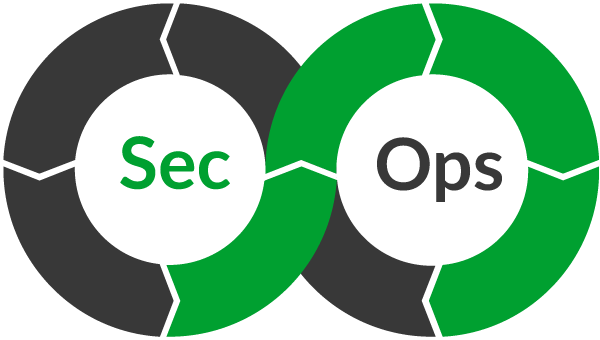
- SecOps integrates IT security into IT Service Management (ITSM) processes to align operational efficiency with security objectives, reducing vulnerabilities and downtime.
- With security-focused integrations, key ITSM practices, such as patch management, access control, incident response, and compliance, become more robust.
- Effective SecOps implementation aids audit readiness optimizes change management, and enhances IT service stability through seamless security and operational collaboration.
SecOps is an approach that aligns IT security and IT operations by embedding security practices within ITSM processes. This integration is essential as cybersecurity risks escalate alongside digital innovations. IT security teams focus on maintaining data confidentiality, integrity, and availability, while ITOps teams prioritize service performance and efficiency. SecOps fosters collaboration between these functions, creating a cohesive strategy that addresses both operational uptime and security needs. For instance, organizations can improve security while minimizing potential disruptions by integrating security controls into incident response and patch management.
Patch management is one critical aspect of SecOps integration. Security and ITSM teams work together to deploy patches methodically, minimizing downtime risks and enhancing system stability. Integration with ITSM practices such as change management, incident management, and asset management is essential for effective patch management. Each patch requires testing, stakeholder communication, and structured rollout plans to ensure security updates do not inadvertently disrupt services. ITSM systems integrated with a Configuration Management Database (CMDB) and asset management tools streamline these processes by tracking patch deployments and updating configuration baselines.
Access management also plays a crucial role within SecOps by limiting access to sensitive data only when needed. Privilege and key management help secure critical resources by monitoring and validating access rights. When integrated with ITSM, access management can detect anomalies, rotate keys, and automate privilege revocation during offboarding, which reduces insider threats and human error risks. For instance, a healthcare facility faced a data breach due to an outdated SSL protocol. Automating vulnerability scans and certificate renewals would have alerted IT to the risks earlier, mitigating the potential for data exposure.
Information Security Management (ISM) is central to SecOps, focusing on preventing, detecting, and correcting incidents. ISM relies on tools like SIEM (Security Information and Event Management) and UEBA (User and Entity Behavior Analytics) to detect suspicious activity. When integrated with ITSM, these tools allow seamless incident reporting and swift response actions. For example, Zylker Logistics suffered from a data breach that went undetected for months due to a lack of integrated security alerts. Had they utilized an SIEM tool integrated with ITSM, high-priority alerts would have been escalated to incident management, ensuring a timely response.
SecOps is also vital for meeting compliance standards, such as ISO 27001, by enforcing stringent audit and compliance practices. Through ITSM-integrated incident, change, and asset management practices, organizations can track incidents, implement approved changes, and maintain detailed asset records. These interactions support compliance by aligning security protocols with regulatory frameworks, making it easier to validate security controls and maintain audit readiness.
Implementing SecOps with ITSM strengthens security and operational resilience, ensuring that security and service goals align to reduce risks and improve overall service reliability.


Leave a Reply
You must be logged in to post a comment.